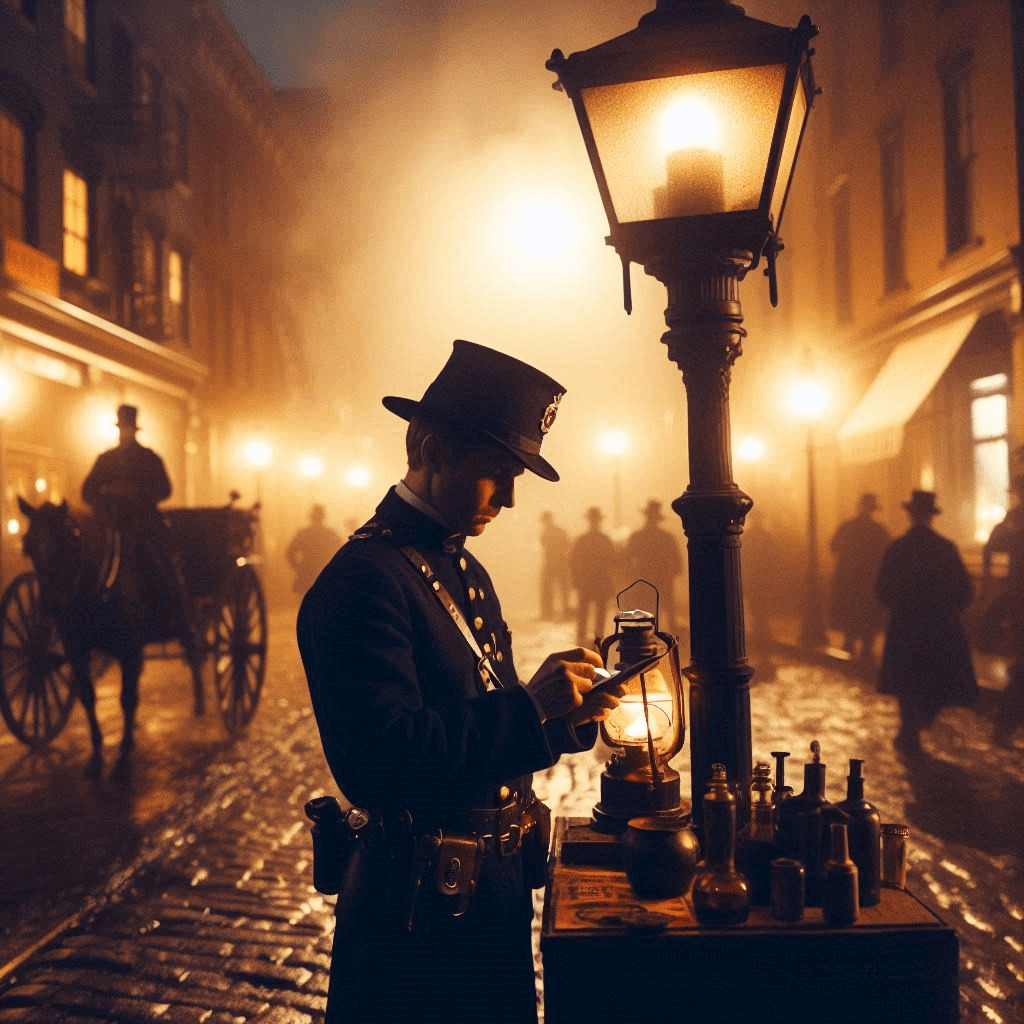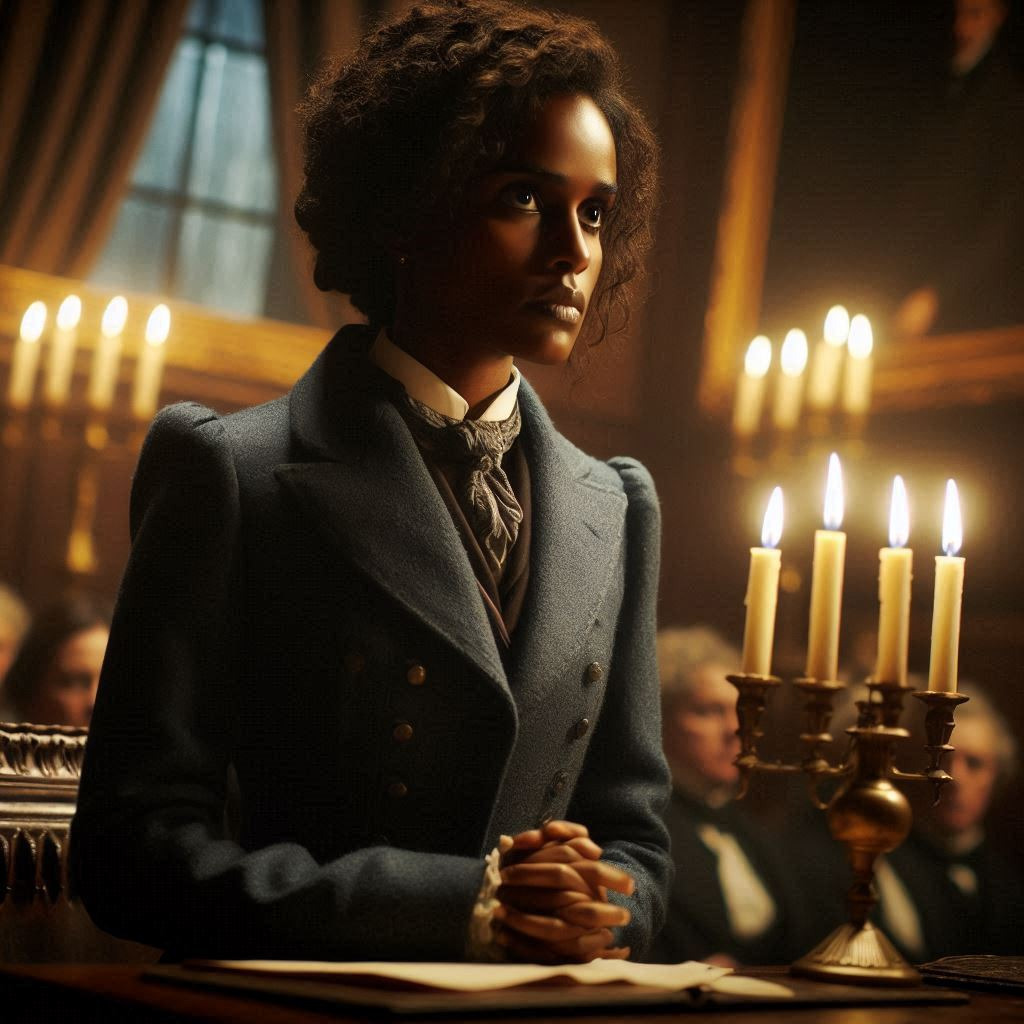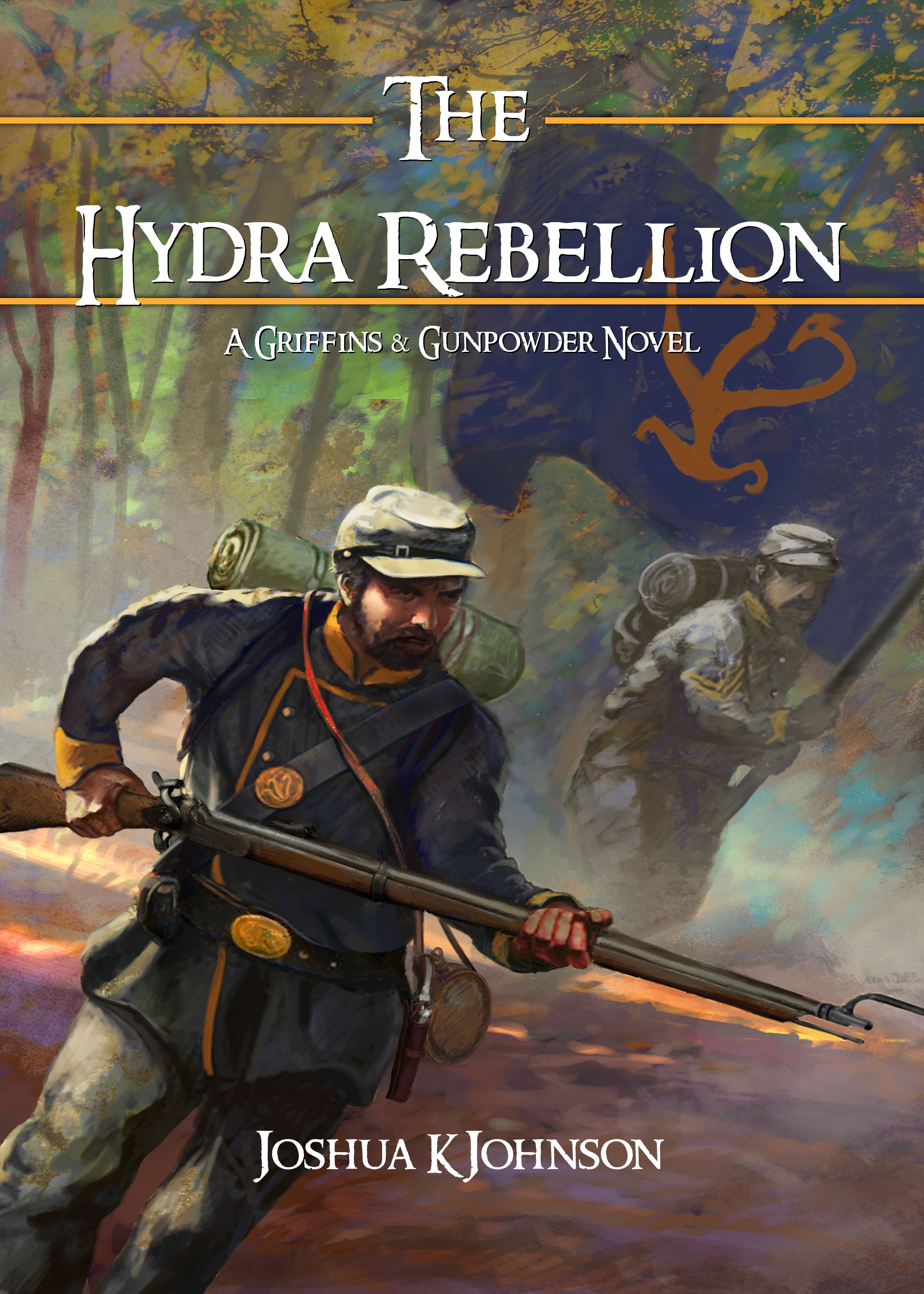So… What’s up?
Hello everyone!
I’ve been radio silent for a while and wanted to provide an update on progress and things.
I had a computer melt down at the beginning of the year and lost some progress on my last round of edits for Cerberus. Things are recovered finally so I will be back on that starting on Monday.
The big news is what has really stymied any sort of progress. In February I was diagnosed with Primary Progressive Multiple Sclerosis. My body is quite literally attacking itself. It’s caused some minor neurological symptoms but is mainly concentrated in my spine so it’s mostly sensory and balance issues for now.
I started treatment but the overwhelming fatigue, combined with work and various appointments and other responsibilities, has really hampered my drive to write. Fortunately, I’m going to push through and after this Peak season am going to really out emphasis on writing.
So that’s where things stand. Once I get back into the metaphorical saddle I’ll provide more updates!
Cover Re-Reveal
Come one, come all and see the reveal of the rewrite of The Cerberus Rebellion — The Cerberus Uprising. Same art as TCR, but I’ve changed the names of the Series and started with Uprising.

The Hydra Rebellion cover reveal will be coming soon, and as soon as I’ve got a publishing schedule I’ll share the cover for The Centaur Offensive!
A New Sub-Plot Has Entered the Chat…
The first series in the Griffins & Gunpowder universe takes a lot of inspiration from the American Civil War. The technology and rapid development of what many consider to be modern warfare tactics, some character inspiration and loose basis for some of the battles.
As a kid I was a fountain of random facts and knowledge. In college, I took many classes about this period and the military history on my way to a History Minor.
So, naturally I think, I consume a great deal of American Civil War content. I’ve always had a love for studying this period of time.
Well, in doing so, last night my brain decided to poke me with an idea. After a quick session of bouncing the idea off the wall with my mom (thanks mom!) I worked out some of the implications and ways to integrate an anti-slavery thread into the Ansgari Civil War.
And I stayed up way past my bedtime sliding the initial concept into The Cerberus Uprising.
Should be interesting 😁
How Things Are Going
I’ve been a busy guy!
I’ve put Cerberus through another round of edits, and then I discovered the Elevenlabs app on my phone. I’ve listened through all of Cerberus and made some clean up edits, removing duplicate words too close together and things of that nature.
I’ve also tried out the Elevenlabs web program, where it uses AI to narrate text. I’ve crafted the first scene of Cerberus and am considering where to go from here.
Hydra is ready for the first pass of edits, which I intend to start tomorrow. I’ve already got edit notes put together for changes to make along the way as this is more of a high-level editing pass.
I’ve fully outlined The Centaur Offensive, and then went back through and overhauled it to the point where I’m very happy with it. I’m excited to start the writing for this!
Overall, a productive July!
Novel Web – Update V2
Writing on the Hydra Offensive is complete and it now goes on the shelf to marinate while I work on other stuff. Next task is Edit Pass 2 on Cerberus, which I’ve completed the read for and just need to apply. The Great Notes/Notebook Purge is also underway, in which I plan to move all of my notes from notebooks and note apps to my master file on Scrivener.
After that, it’s on to the summary and then writing The Centaur Offensive.
But when I am at work or don’t have time to write, I’ve been working on titles and plot snippets for the Novel Web. I’m only about halfway on plot ideas, but I have figured out Series Titles and book titles for the whole web.
- “Union”
- Strike the Anvil
- Gunpowder Gangsters
- Stealing Thunder
- Rumble of Thunder
- Roar of Thunder
- Calamity of Thunder
- Echo of Thunder
- Gunpowder Politics
- Dissolution of Power
- No Confidence
- Coalition of Power
- Power Pro Tem(pore)
- Censure Motion
- Gunpowder Mysteries
- The Bloody Ledgers
- Gunpowder Shadows
- Elixirs of Insanity
- Unholy Inquisition
- Chasing Shadows
- Gunpowder Criminals
- Criminal Commission
- Power Broker
- Delegate Decisions
- Advocate, General
- Executor’s Folly
- Gunpowder Vigilante
- Pale Vengeance
- Pale Reprisal
- Pale Retribution
- Pale Justice
Let me know what you think of the titles and watch for more progress reports as I work toward this massive project!
Hydra Rewrite Complete!
The rewrite is complete!
99,877 words
Next task: Round 2 of edits for the Cerberus Rewrite. Next creative task: Summary for an interlude novella!
The Novel Web – Updated
I looked back and realized that the seed of this idea came about almost 5 years ago! It has grown and morphed substantially since then and even though I’m in the middle of Hydra rewrites and the continuation/completion of the Ansgari Civil War series, I think that I’ve gotten the core ideas locked down.
So “The Plan” for the novel web is to have a stand-alone novel that will set the scene but, more importantly, introduce some of the key characters. Each series will have its own style, main character and arc while at the same time weaving around a central idea and sharing interactions between the different book.
I think the challenge of that latter point will be re-telling the same scene but from an entirely different POV. I intend to use that sparingly so it doesn’t become overdone, but I also will try to have vastly different POVs to tell the story through. What they notice, what they think of the other person, etc.
Characters
As of now, there are 5 different story threads that will form the novel web. I had considered a 6th but have since dropped it.
So who are the poor victims of my machinations?
Gunpowder Gangsters
Influenced by some of my favorite gangster/mafia movies and tv series, Eden Fara will lead her small gang on her quest to become a powerful and respected member of the Andivari criminal underworld.
Law and Shadow
Lex Cana is a constable who gets involved in some of the activities of the other members while figuring out who killed his first partner and sent his life into a tail-spin.
Gunpowder Politics
Raina Portia is a leader of the Modern Citizens Party, but when she is passed over for a promised promotion within the party, she starts to plot her revenge and her actions may change the face of politics in Andivar forever.
“Criminal Underground”/”Stratus”
The series title is still a Work-In-Progress. The Stratus Charter is a compact signed between all of the major criminal groups more than a millennia before the “current” day. They are neutral, but maintain order between and provide services to the gangs. Voradiscia Vitella is responsible for thwarting attempts to undermine the Charter and to keep the police off her back.
The Pale Wraith
Ivanhoe Tesmier was a successful and feared assassin for most of his adult life. He retired as age crept up on him, but when the Charter comes under threat the successors to his former boss try to bring him back into action. They try to intimidate him into action, but instead earn his ire.
I think it should be fairly easy to see where some of the influence and inspiration for these come from, but I hope to be able to put my own unique Gunpowder Fantasy spin on the ideas and weave a tapestry of writing styles and story lines together.
The Plan!
Realizing that I have a metric ton of words to write just to get through the mainline ideas bouncing around in my head (around 2.7 million words just in the novels themselves, plus all of the planning and summary work) I decided to make an actual plan for how I’m going to get through the Ansgari Civil War series.
I’ve also started a plan for the Novel Web, but that is going to take some tweaking.
I’ve started a local wiki to help consistency check the works and make sure I don’t go off the rails.
I need to finish the rewrite of Hydra, which will be another 70,000 words, the 5 more books in the series at a projected 100k each. Plus 3 companion novels that will dovetail into the series finale: 60k each for another 180k. Three books in the Andivar series for another 300k total.
And then the big work begins. 28 novels in the Web, starting with a standalone and then diverging into the 6 strands of Interconnected but independent series. The plan, currently, is to write all of those novels from a singular POV, which will cut the work down to approximately 60k words each for a grand total of about 1.7 million words.
It’s daunting for me to write the numbers down and realize how much I’ve got to do. I am bolstered by the fact that I was able to do about 60k words for NanoWrimo a couple of years ago. Even if I worked at about 50% of that pace, that’s only about 5 years of actual writing. Plus the planning, summary and editing phases.
Hey, all done by my 50th birthday (9 1/2 years) would be a reasonable goal 🤣🤣






